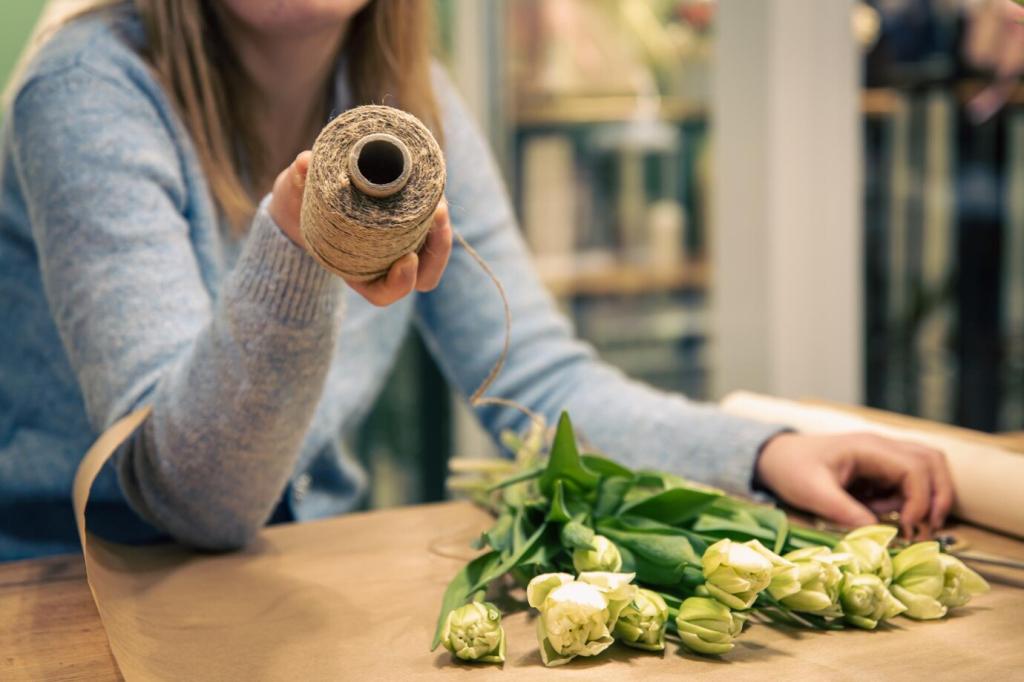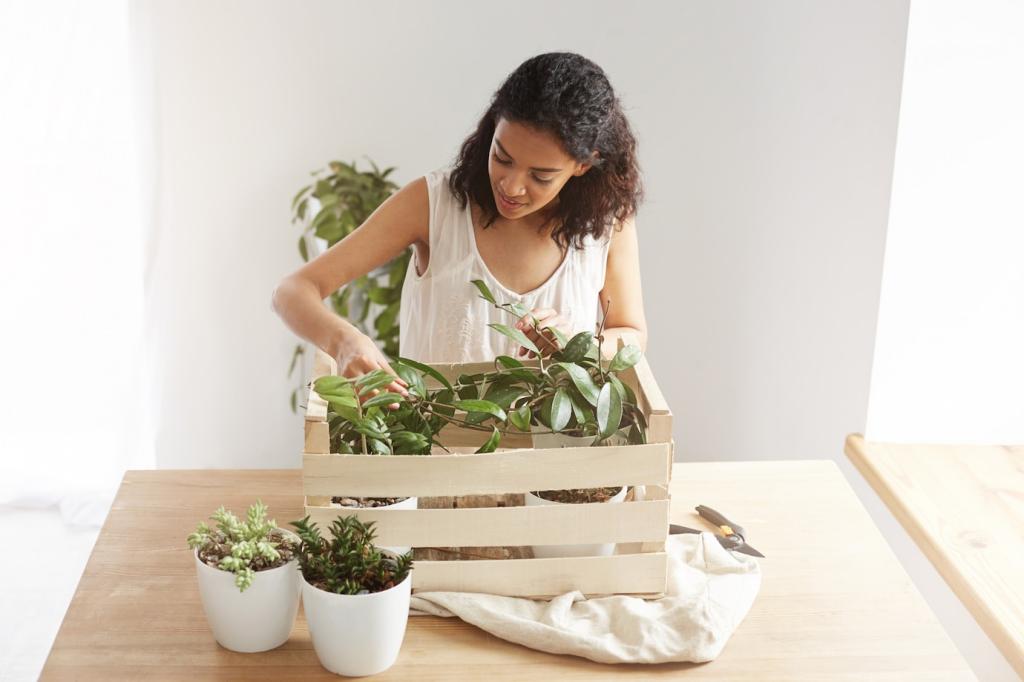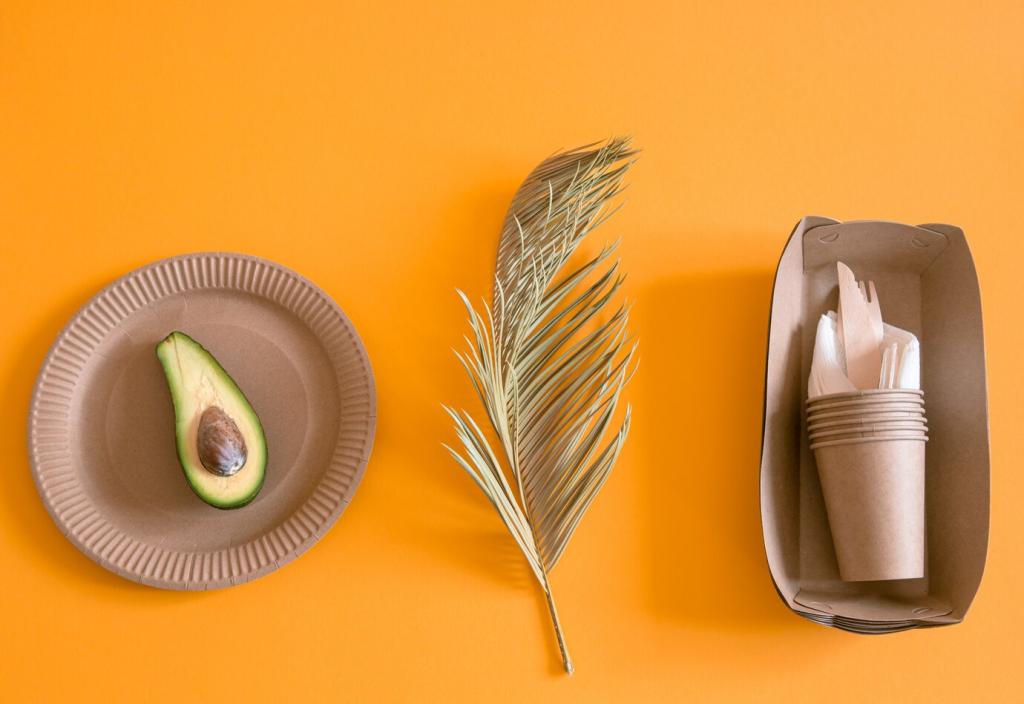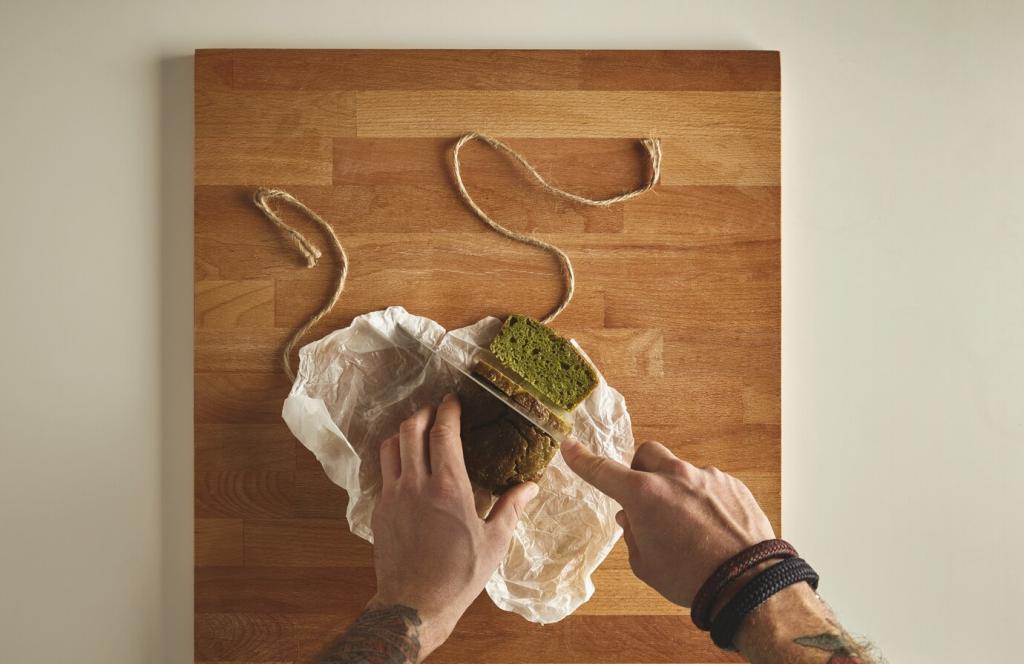Why Eco-Friendly Finishes Matter
Volatile organic compounds can linger long after paint dries, affecting comfort and concentration. Low- and zero-VOC finishes reduce odors and headaches, making living rooms more livable. Have you noticed a difference after switching? Tell us in the comments.
Why Eco-Friendly Finishes Matter
Gentler chemistry means fewer irritants for toddlers, allergy sufferers, and curious pets who nap under freshly painted tables. Readers often describe sleeping better after projects. If you’ve experienced similar relief, subscribe and share what changed most for you.





